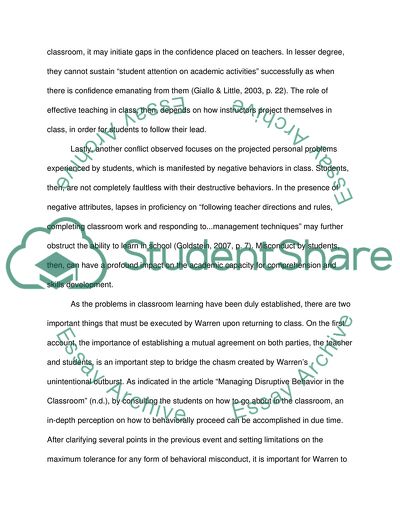Cite this document
(“A Situational Analysis on Marsha Warrens Case Essay”, n.d.)
Retrieved from https://studentshare.org/education/1574238-case-study-marsha-warren
Retrieved from https://studentshare.org/education/1574238-case-study-marsha-warren
(A Situational Analysis on Marsha Warrens Case Essay)
https://studentshare.org/education/1574238-case-study-marsha-warren.
https://studentshare.org/education/1574238-case-study-marsha-warren.
“A Situational Analysis on Marsha Warrens Case Essay”, n.d. https://studentshare.org/education/1574238-case-study-marsha-warren.


